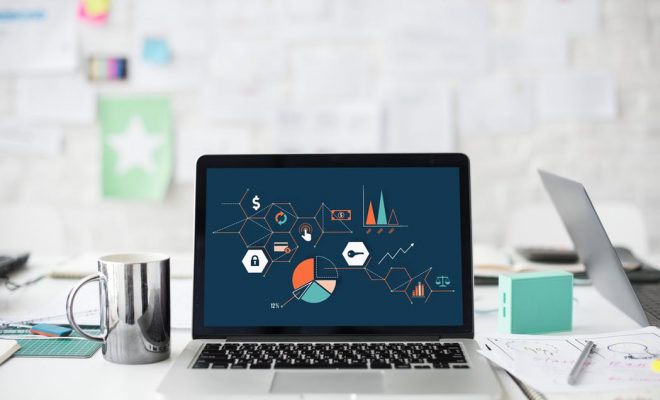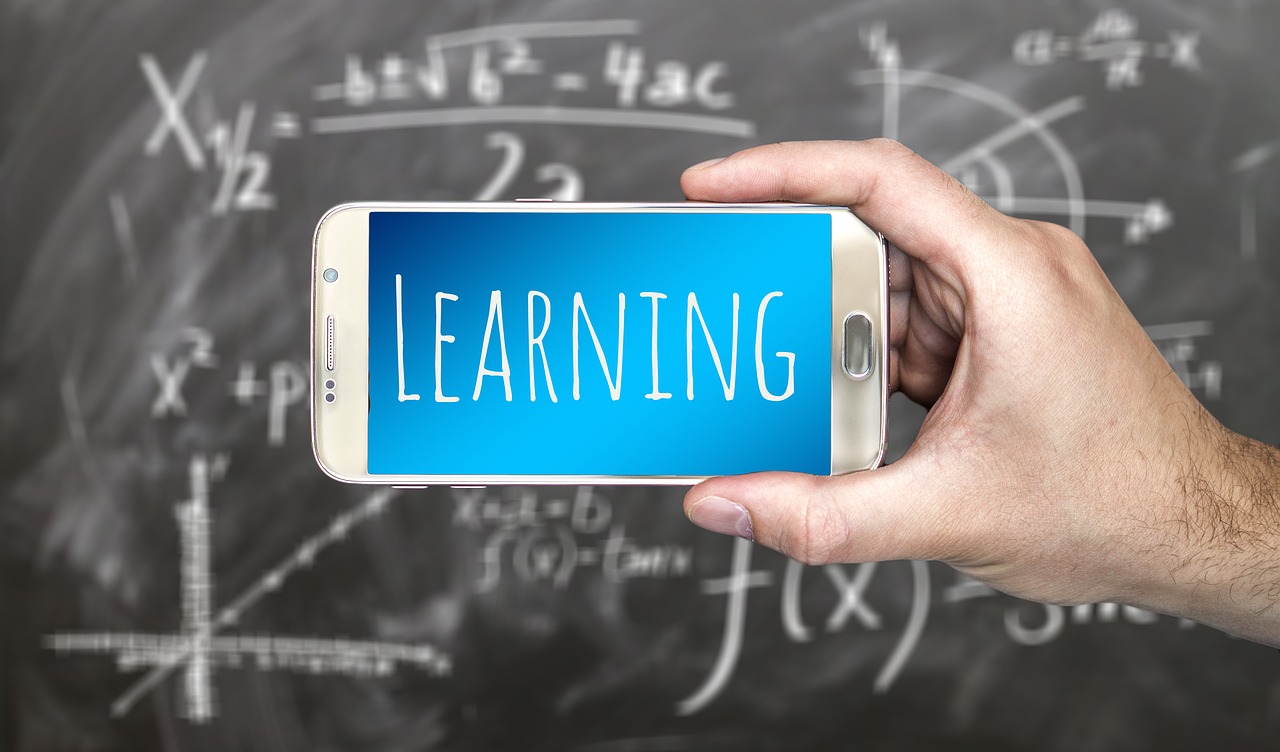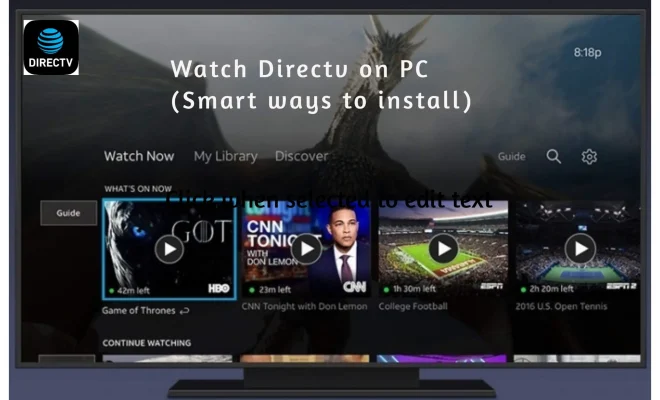A Guide to Preparing for the Future of eLearning

If you are a part of the elearning and online learning community, then chances are you have spent some time contemplating what the future of elearning will look like. If you have taken it that far, you also have thought about what you and your colleagues need to do to prepare for it. In this article, we will discuss just that.
Tip 1: Ditch the container concept
Stop thinking of an online learning class as a container that needs to be filled with content so that the more content you fit into the container, the more value it has. Focus on what people need to do differently to grow rather than on duplicating content, which may possibly be in the worst format for learning.
Remember that there’s not just one type of learning; we should be well-versed in creating the best conditions to learn within the constraints of the workplace. You have to apply solid principles in selecting a strategy. None of the models, technologies, or shiny off-the-shelf products will provide the desired impact; instead, you will have to experiment, measure, and tailor the solution based on data specific to your context. This strategy requires a mind shift, which will allow you to deal with complex problems.
Developing the skills to solve complicated problems starts with a mind shift—reframing the problem from the perspective of a single online learning class by looking at the problem through the lens of create, art, STEM, and tech. You should be able to work with other people supported by artificial intelligence.
Tip 2: Stay intellectually curious
- Continually challenge the status quo. Involve disruptors in the development process. Let them find holes, have them break things, and inspire them to game the system.
- Don’t waste too much time on opinions. It’s easier to do A/B testing on two different approaches and then use the data to support one or the other. This approach saves time, and it validates the strategy.
- Learn data literacy, including statistics, and learn how to ask the right questions even if you’re not a data scientist. Start where you are, use what you have, and do what you can.
- Storytelling with data will be essential, and you’ll need to learn the language of information (vocabulary) to harness the power of storytelling (art and STEM) along with data visualization (create, art, STEM) to be on top of the future demands of eLearning.
- Explore self-determination theory, which is described in Daniel Pink’s book, Drive; become familiar with the nudge theory and game thinking.
- Avoid all the learning myths regarding education research. Read research coming out of the Association for Talent Development (ATD).
- Approach tech through user stories, not through a bunch of features.
Concluding thoughts
We hope you enjoyed our overview of how you can prepare for the future of eLearning. Do you have any additional tips, techniques, or strategies that you would like to share with our readers? If so, leave them in the comment section below.






